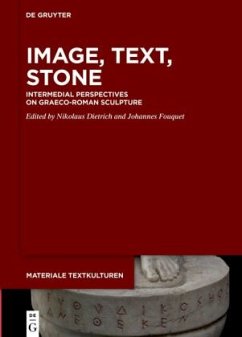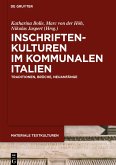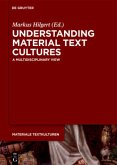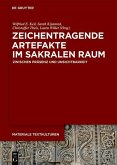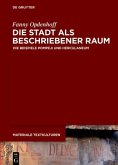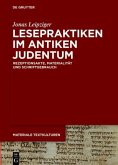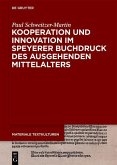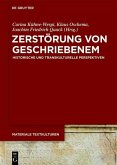This edited volume explores the intermediality of image and text in Graeco-Roman sculpture. Through its choice of authors, disciplinary backgrounds are deliberately merged in order to bridge the traditional gap between archaeologists, epigraphists and philologists, who for a long time studied statues, material inscriptions and literary epigrams within the closely confined borders of their individual disciplines. Through its choice of objects, privileging works of which there are significant material remains, through its inclusion of all kinds of figural-cum-inscriptional designs, ranging from grand sculpture to reliefs and 'decorative' marble-objects, and through its methodological emphasis on 'close viewing' (and reading!) of individual objects, this volume focuses on the materiality of both sculpture and inscription. This perspective is enriched by two comparative chapters on inscribing Greek vases and Roman walls (graffiti). The intermediality of image and inscription is envisaged from various thematic angles, including the intricacies of combining image and epigram (both materially and in literary projection), the original production and reception of inscribed sculpture in its 'long life', the viewing and 'reading' of sculpture in a space of movement, the issue of (re-)naming statues, and the image and inscription in its social and gender-historical context.
Bitte wählen Sie Ihr Anliegen aus.
Rechnungen
Retourenschein anfordern
Bestellstatus
Storno

